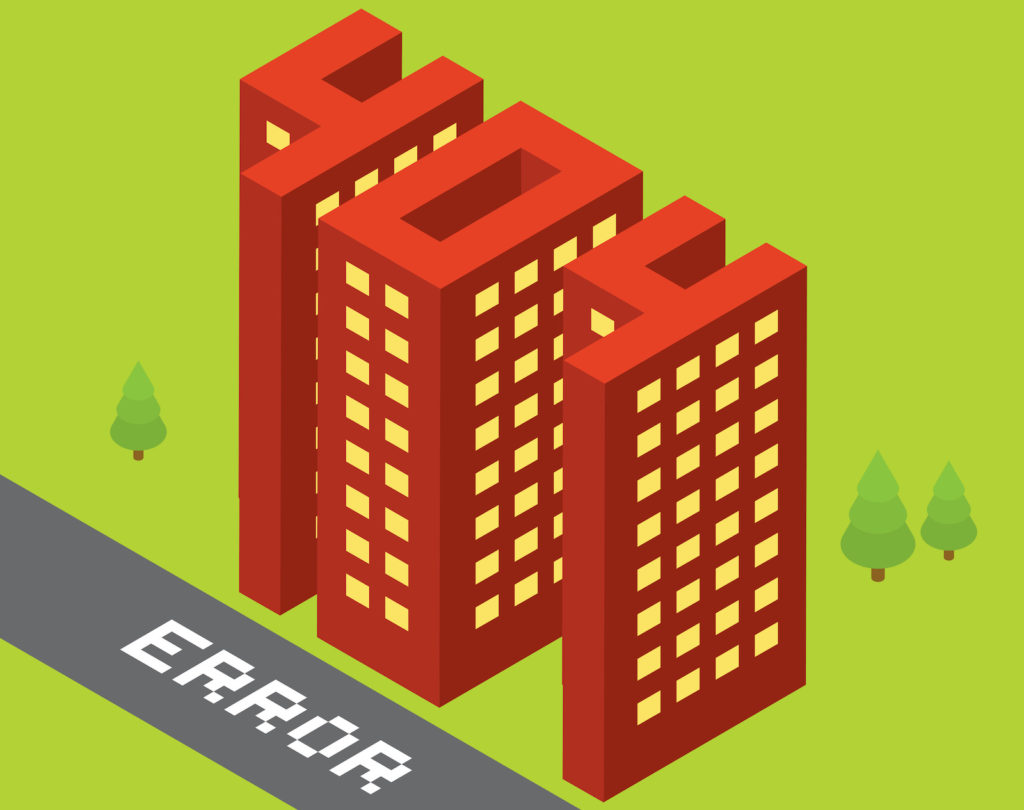Over the last 18-months, due to the ongoing COVID-19 pandemic, commercial buildings have largely been empty and residential buildings have never seen such high occupancy during the day. Unsurprisingly, home improvement has been high on the agenda for people around the world, especially in the affluent developed nations that were hit hard by the virus and subsequent lockdown regulations. This slow, extended, home-based crisis has created the perfect storm for smart home technology to set record growth rates and accelerate the smart home market towards mass-market maturity… at least, you would have thought so.
While the logic behind this perfect storm of smart home growth is sound, the reality is that the smart home market has gone distinctly flat in 2021. Despite forecasting a record-breaking year for overall consumer technology sales, the Consumer Technology Association (CTA) expects almost no year-on-year revenue growth in the smart home technology segment. The CTA says its stagnant forecast is merely a function of competition, as an influx of device makers drive down the cost of hardware, but this dreary forecast suggests much deeper issues in the emerging market — namely poor technology performance and security failings.
“The problem is that smart home devices haven’t gotten much better at avoiding these problems even as the market edges toward mainstream users. Instead, a proliferation of new devices and use cases has multiplied the ways in which things go wrong,” says Carolina Milanesi, analyst at Creative Strategies. “At the beginning, you obviously had early adopters who usually have a higher level of patience, but now that the market is somewhat mature, you’re not going to stand for that. You’re not going to be happy if you can’t rely on it. If your alarm doesn’t go off, there are consequences.”
From smart blinds failing to open when they should, to smart thermostats going haywire and requiring a reset, to Alexa playing the wrong songs, smart home technology is rife with technical issues. The industry has saturated its tech savvy, DIY, first adopters and has become unstuck trying to satisfy far less patient elements of the mass market. “People continue to buy thermostats and locks and lights, but I don’t know that we’ve moved the industry forward from an experience perspective,” Milanesi adds. “It’s not actually that smart.”

Despite the world’s biggest tech firms investing significantly in the smart home, this is still a highly fragmented space struggling with basic functionality. Google is still trying to transfer certain capabilities from Nest to Google Assistant, seven years after they acquired the smart home startup. Apple still maintains two independent interfaces for home automation, one via its ‘Home App’ and another via ‘Apple Shortcuts’. Amazon, meanwhile, sustains three independent smart home systems; Alexa, Ring, and Blink, adding to consumer confusion and disillusionment. Furthermore, it was only in 2020 that these three tech giants announced a mutual wireless smart home protocol through Project CHIP, it is probably a positive step but also shows how far the industry still has to mature.
“Whatever we hoped the smart home would become, it has not. Devices are still dependent on phones, third-party integrations, individual partnerships, and companies choosing which devices they will support. Products are too expensive, users are confused, and security is an abysmal mess,” states IoT commentator, Stacey Higginbotham. “As a result, people are cautious about connected homes or, in some cases, actively turning away from them.”
Security is a fundamental consideration for purchasing decisions in the home, a place where loved ones sleep and where we keep our most beloved possessions. By connecting physical security systems, homeowners create a new cyber-based risk to the physical safety of their families and belongings. Even if external locks are left unconnected, hackers can seize control of thermostats, lighting, speakers, cameras and other appliances. More recently, we have seen an increase in malvertising, where hackers infiltrate smart home networks to force advertising onto smart devices. Not all smart home networks are unsecured, but a large and increasing number are.
“These technologies have proven that they are helpful, and we know that they have become increasingly affordable. The risk comes in when we realize that our cybersecurity measures have not improved at the same pace,” says Shreya Hedge in an article for the Dataconomy. “Smart home security systems often have cameras connected to the internet, installed to keep your homes safe but are vulnerable to hackers. The same smart security system can be manipulated by a third party to breach your privacy.”
The reality is that the smart home sector is not where it thinks it should be in terms of growth, but adoption levels do match the technical maturity of the technology itself. The risks and frustrations associated with new technology development is too much for most to put up with, therefore limiting market penetration. Driven by the potential riches of the untapped connected home market, big tech has focused on the widest possible range of products and marketed them excessively, creating a fragmented, unsecure, and overhyped market.



